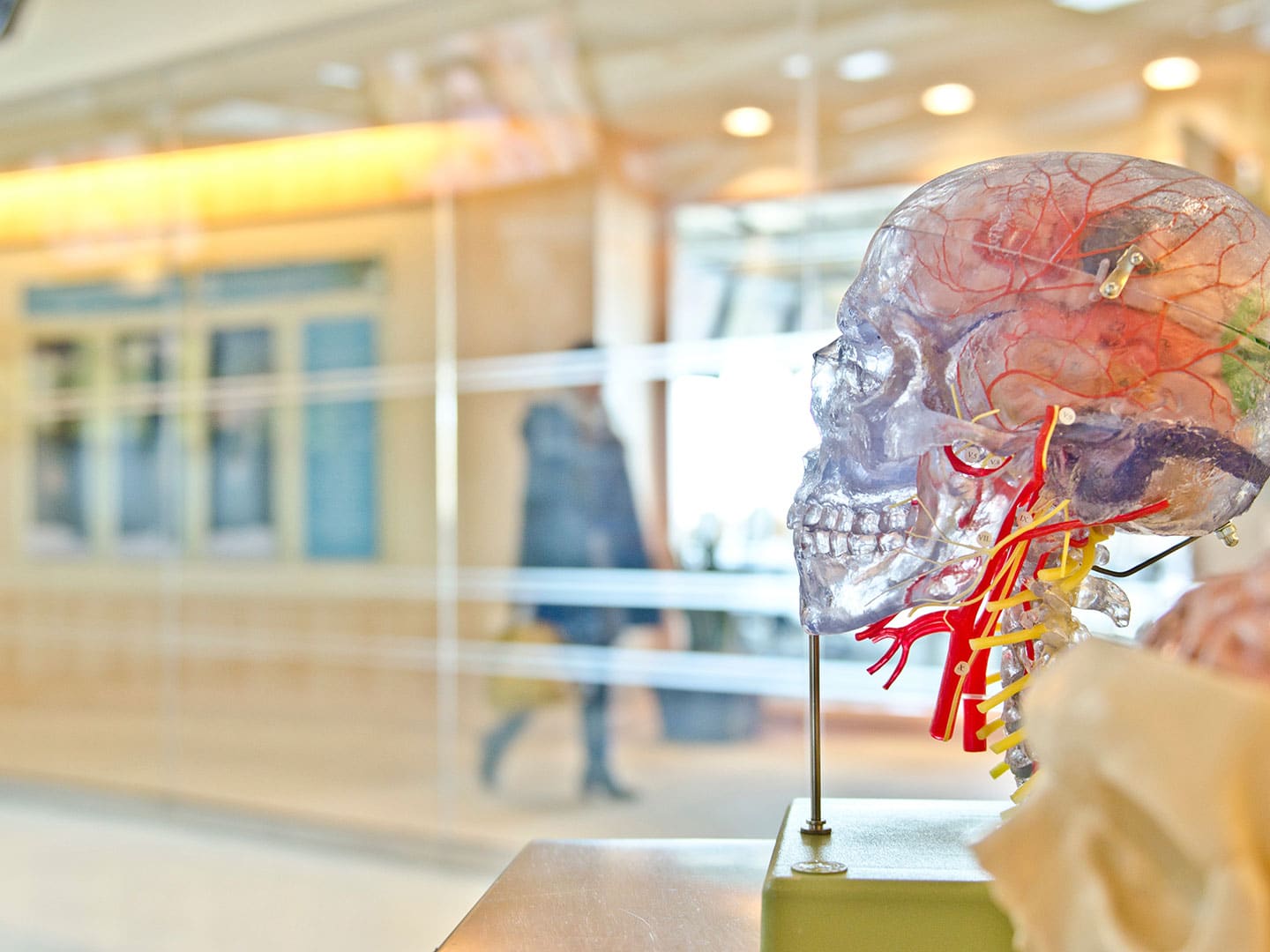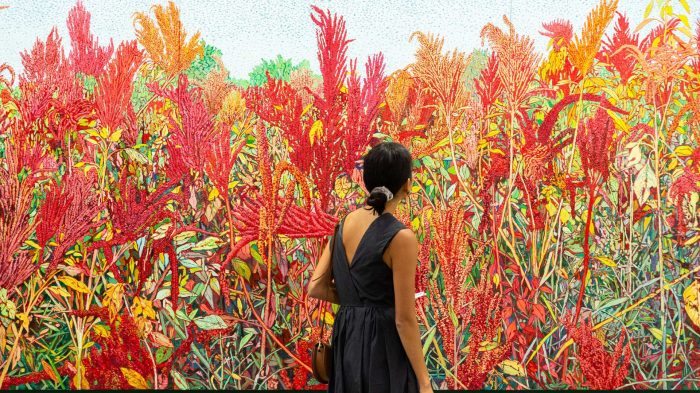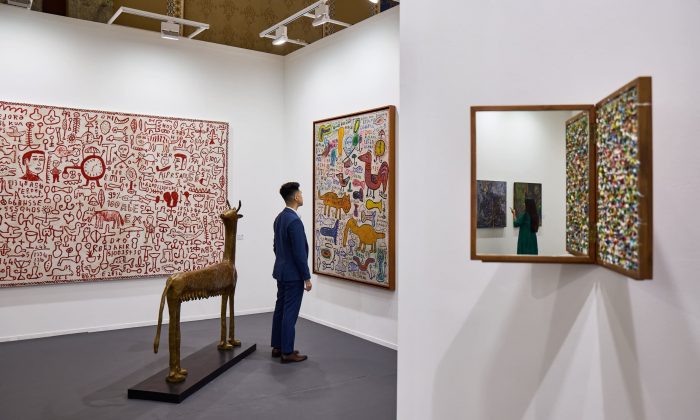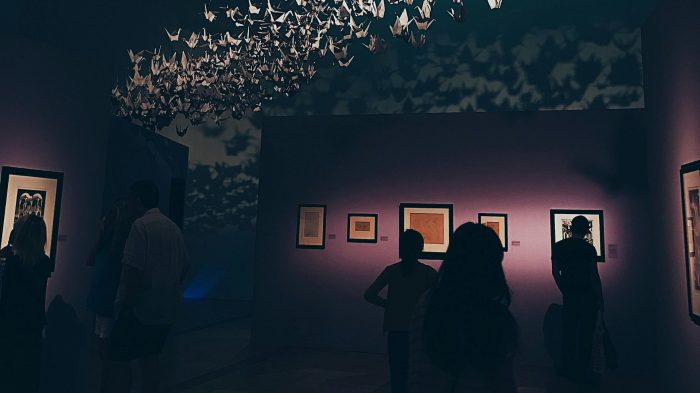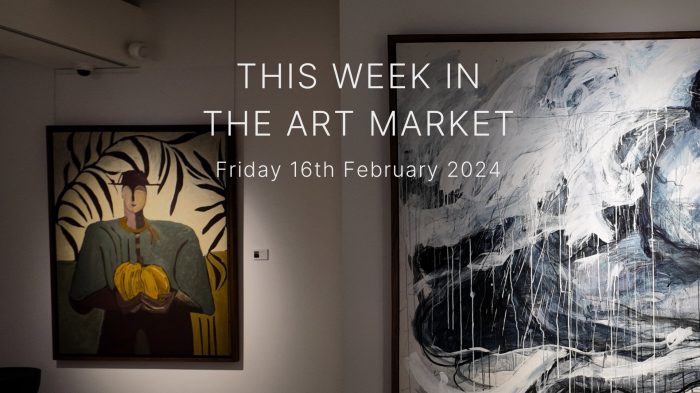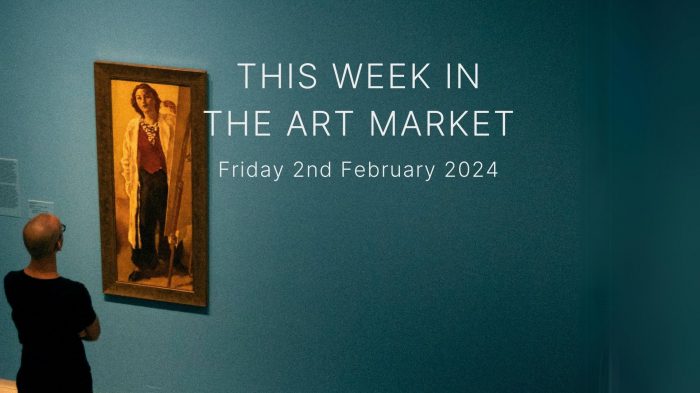Art offers everyone from every walk of life an experience. An experience to learn, create, innovate, understand, observe and develop skills outside their expertise. For many – including people from world leaders such as Winston Churchill, George W Bush, through to innovators such as Johnny Depp, Paul McCartney, Joni Mitchell and even Sylvester Stallone.
So why are med schools requiring art classes? It seems that students with more “right brain” qualities–related to imagery, visual and drawing skills–have begun to emerge as more successful in today’s digital, image-based world of medicine.
Doctors are experts in critical thinking of the sciences, but it’s the ‘right brain’ – such as imagery, poetry and drawing – that may hold the key to many other areas that can offer insights, innovation, empathy and additional skills that may not be learned through purely book & practical skills for the medical minds that keep us well.
This fall, Harvard launched a new initiative to use more drama, dance, and literature to help medical students become empathetic and reflective doctors. In doing so, Harvard joins a growing number of schools making more overt efforts to weave arts and humanities into medical education.
Professors argue that engaging in the arts during medical school, whether through required courses or extracurricular activities, is valuable in developing essential skills that doctors need, like critical thinking and observational and communication skills, as well as bias awareness and empathy.
The benefits for patients
As patients – regardless of their ailment or stage of its progression – it is very rare that we don’t look to our doctors to be assured that “everything will be ok”. Even if it’s not going to be ok, or there is news that will take time to processes, it is something that should always be delivered with poise, empathy and reflection.
It is not an easy job, but this is what doctors sign up for and are paid significant remunerations to do so. By doctors participating in the arts, these students – many of whom would have never had any exposure whatsoever on their journey to Med-School – are forced to be removed from the ‘norm’ and placed in an environment that will challenge their way of thinking, processes and hopefully create life-long lovers of the arts.
So how does this impact the art investor?
Doctors as they come through medical school move to having substantial remuneration packages. They move from city to city, state to state and of course internationally as their work requires them to. These ‘high net worth’ individuals, who have established a love for the arts in school.
From selling through to leasing art to doctors, the impacts of increased awareness in the arts could lead to more opportunities and higher liquidity of the art in circulation as well future up and coming artists’ works.
For more information on taking the opportunity to invest in art for capital growth or annual leasing arrangement with businesses and high net worth individuals, contact Art Works today.

